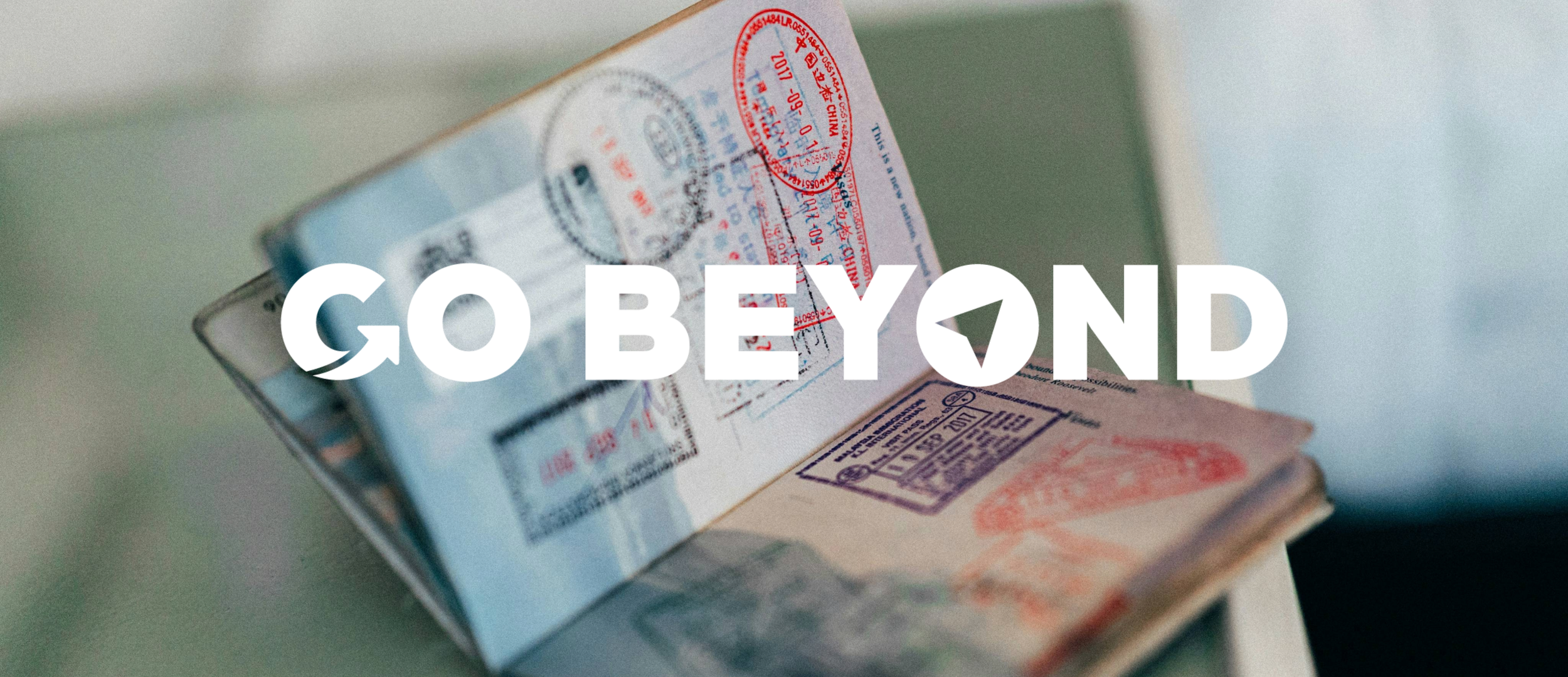The Weekly Wanderer: The Digital Identity Revolution and How Your Smartphone Will Become Your Passport (November 2025 Edition)
Original photo by Kit
Remember the days of frantically searching for your passport and boarding pass at every checkpoint? That stressful airport shuffle is rapidly becoming a relic of the past. As of November 2025, the digital identity revolution is no longer a futuristic concept—it's actively reshaping how we move through airports. Your smartphone is transforming into your passport, wallet, and boarding pass, all rolled into one, promising a future of truly seamless travel.
The End of the Paper Chase as We Know It
That familiar frantic shuffle—digging through your bag for a passport, then a boarding pass, then back to the passport—is officially on its way out. The future of travel isn't coming; it's here. According to the just-released November 2025 Global Passenger Survey from the International Air Transport Association (IATA), travelers are not just ready for a digital-first journey, they are demanding it.
The data is compelling:
🌐 High Satisfaction: A staggering 85% of passengers report satisfaction with using biometric identification at the airport.
🌐 Willingness to Share: Nearly three-quarters of travelers (74%) are willing to share their biometric data in exchange for a faster, more streamlined airport experience.
🌐 The Smartphone is King: A massive 78% of passengers want a single app on their smartphone to act as a central hub for their entire journey, from booking and check-in to storing their digital ID and wallet.
This isn't just about convenience; it's a fundamental shift in how we approach global mobility. The goal, championed by initiatives like IATA's One ID, is to create a "tokenized" journey. Imagine walking into an airport and having your face serve as your single, secure token for check-in, bag drop, security, and boarding.
Airlines and Airports Leading the Revolution
This digital transformation is being led by some of the biggest names in the travel industry. They are investing millions to make the seamless biometric journey a reality today.
✈️ Emirates & Dubai (DXB): Emirates is setting a new standard by investing over $23 million (AED 85 million) to install a comprehensive biometric path throughout Terminal 3 at Dubai International Airport. This system uses facial recognition to allow you to walk from the curb to your gate with minimal stops or document checks. You can register your biometric data in minutes through the Emirates app.
✈️ Ryanair Goes All-In: In a bold move signaling the end of an era, Ryanair is shifting to digital-only boarding passes starting this month, November 2025. This pushes travelers to embrace the efficiency and security of mobile technology.
✈️ A Global Movement: This trend extends worldwide. Singapore Airlines is integrating AI to personalize the travel experience, while Qatar Airways is launching "Sama," a sophisticated digital travel assistant. This collective push is rapidly building an ecosystem where your digital identity is the key to unlocking a smoother travel day.
What This Means For Your Next Trip
So, how do you prepare for this new era of travel?
✔️ Embrace Your Airline's App: Your carrier's mobile app is now your most powerful travel tool. Use it not just for booking, but for check-in, real-time updates, and, increasingly, to manage your digital travel credentials.
✔️ Opt-In to Biometrics: When given the option to register your facial biometrics for a flight, do it. It's a secure process that can save you significant time and hassle at the airport.
✔️ Keep Your Physical Passport: This is critical! While your smartphone is becoming your de facto ID for the airport process, your physical passport is still the legally required document for crossing international borders. Don't leave it at home. The digital systems are designed to make the airport experience smoother, not to replace official government-issued documents for immigration.
The shift to a digital-first travel experience is happening faster than ever before. What once felt like science fiction—using your face as your passport and your phone as your command center—is now a reality at airports around the globe. This revolution promises a future with fewer queues, less stress, and more time to enjoy the journey. Never miss an update on the future of travel! Keep an out for more info in our blog posts on Go Beyond Travel.
#GlobalUpdates #TourismIndustry #Planning&Logistics #Biometrics #Future of Travel
📦 Key Takeaways
Passenger Satisfaction: Traveler demand is driving the shift, with 85% of passengers satisfied with using biometrics at airports.
Airlines & Biometrics: Major airlines like Emirates are heavily investing in 'biometric paths' for a seamless curb-to-gate experience.
Digital Hub: The smartphone is the new central hub, with 78% of passengers wanting a single app to manage their entire journey.
Global Standards: Initiatives like IATA's 'One ID' are working to create global standards for secure Digital Travel Credentials (DTC).
Border Requirement: Despite these advancements, a physical passport remains mandatory for all international border crossings.




